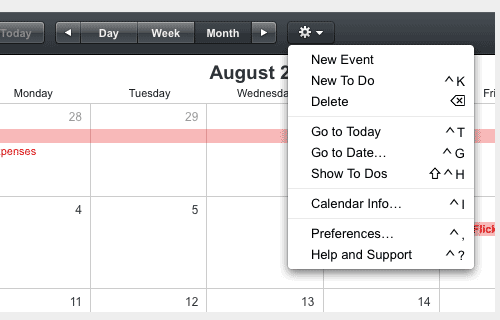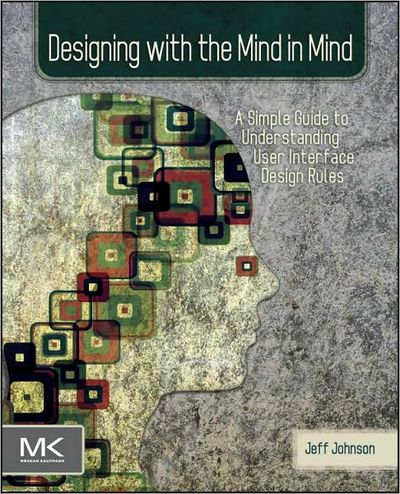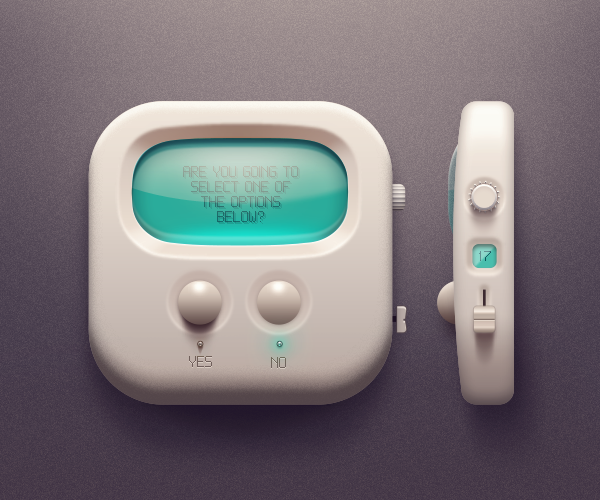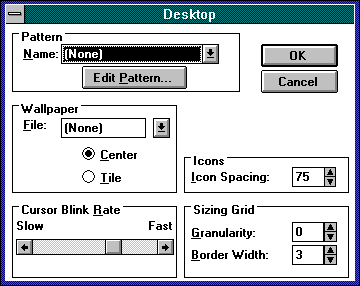Good GUI Design Elements that Result in a Superior User Experience

12 Useful Techniques For Good User Interface Design
User experience can be defined as the opinion of the user after using an application, formed by his or her interaction with all aspects of the application. Since the graphical user interface (GUI) is the main method by which users control applications today, it has an enormous influence on the direction that the overall user experience will take. An intuitive GUI makes for a smooth, unobstructed User Experience and Design, while a poorly laid-out GUI with plenty of clutter confuses and frustrates users.
Here are four elements that should be included in the GUI:
Giving Users Control
Users should be able to use the GUI to access the features that they want to access and nothing more. GUI designers should make the process of navigating through the menus and screens as simple and straightforward as possible. Each step in the sequence of events needed to reach the destination should be laid out in a logical manner. Furthermore, in cases where finding the right features can be difficult or inconvenient, the GUI should make it easy for users to learn how to use it and get to their desired destination.
Recognizing Different Perspectives

Designing with the Mind in Mind: Simple Guide to Understanding User Interface Design Rules
GUI designers should never assume that the intended users of the application understand the same lingo, references, and rhetorical devices that they do. Being clever can be tempting, but cleverness can also backfire in case the users have no idea what elements of the GUI are supposed to mean and become frustrated in their confusion. People in charge of creating GUIs should never assume that their knowledge and perspectives are universal.
Streamlining the GUI
Although having loads of capabilities and features in an application can be a good thing, creating a GUI that provides one-click access to each of those features on the opening screen is not. A good GUI is designed to make the user experience as simple and as convenient as possible. Cluttering up the top screen with elements that take up space but provide little real usefulness has the exact opposite effect. Cluttering up valuable screen space not only confuses users, but it also serves to alienate them. Instead, try designing the GUI so that the most important and commonly used features are accessible right from the start, but that less important features can be buried deeper in the application.
Understanding the Competition
7 KILLER USER INTERFACE DESIGNS FOR GESTURES
A good GUI strives to provide an intuitive user experience so that users can pick up the application and begin using it right away instead of having to spend time reading through the instructions. Since both the intuition and perception of users are shaped by their experiences with the GUIs of other applications, it is important that GUI designers both understand the people who make up their user base and are familiar with the applications that are popular among that user base. Using principles found in other applications in creating a GUI makes it easier for users to pick up on the familiar skills to quickly learn a new application.
You like this? Don’t forget to follow us on twitter @andysowards and like us on facebook @andysowardsfan! We are also on that Google Plus & Pinterest thing.

